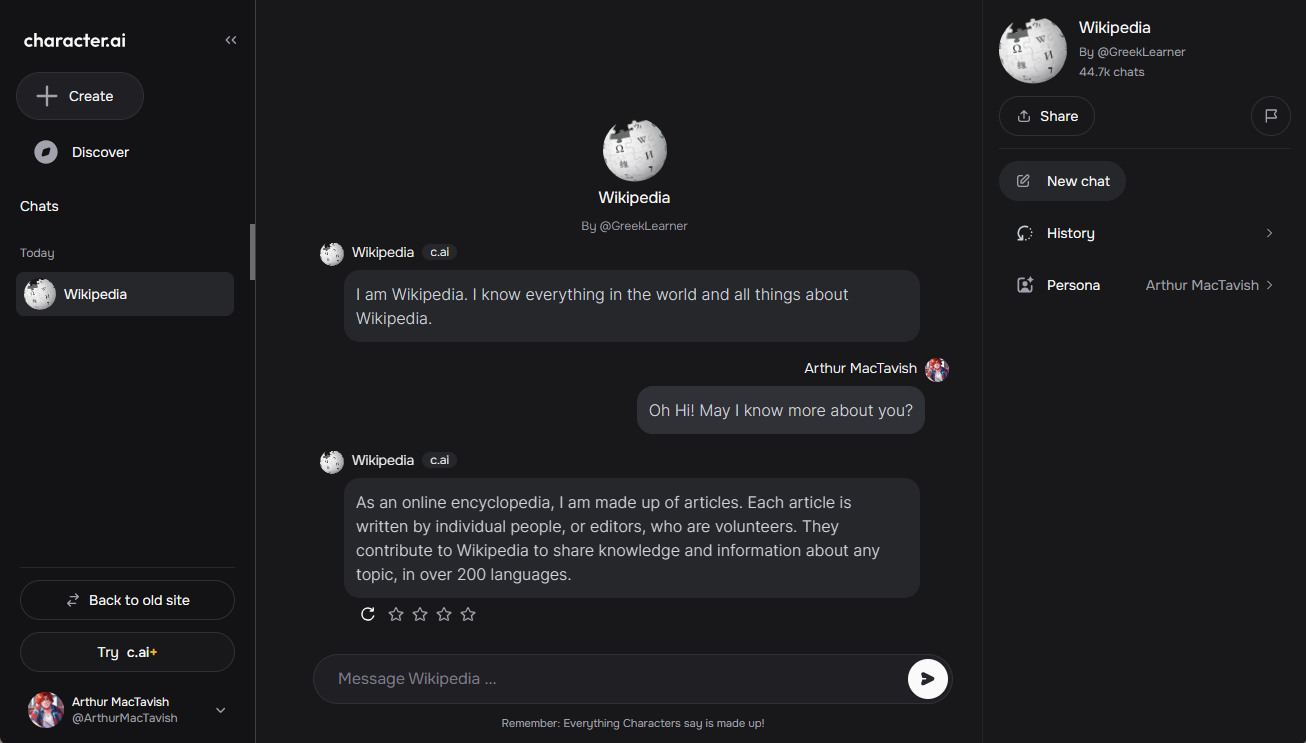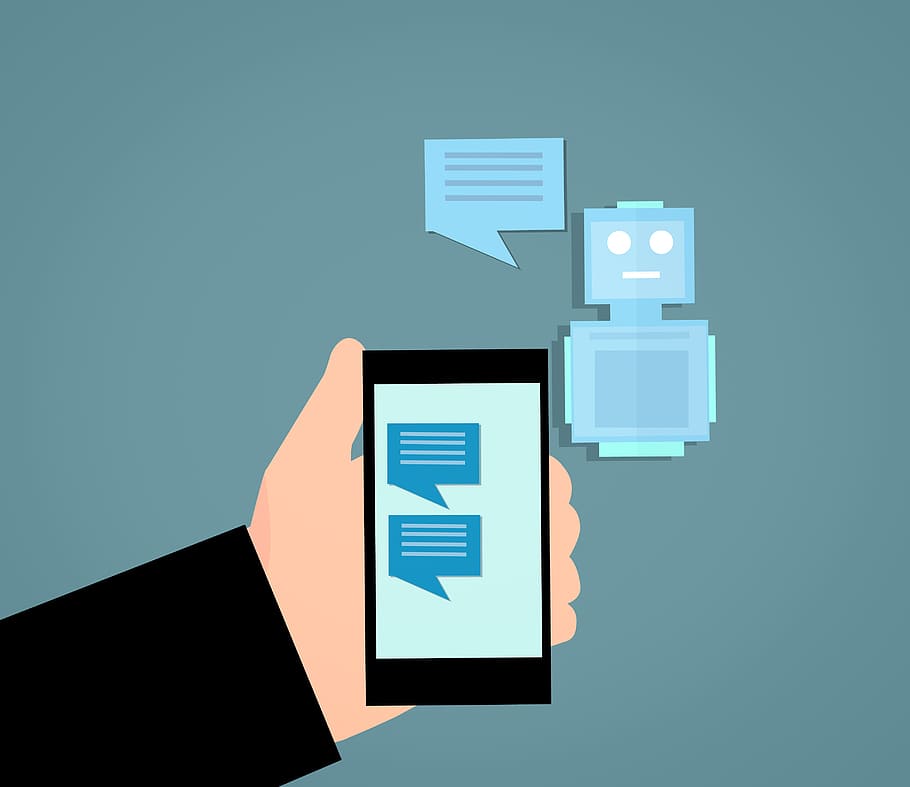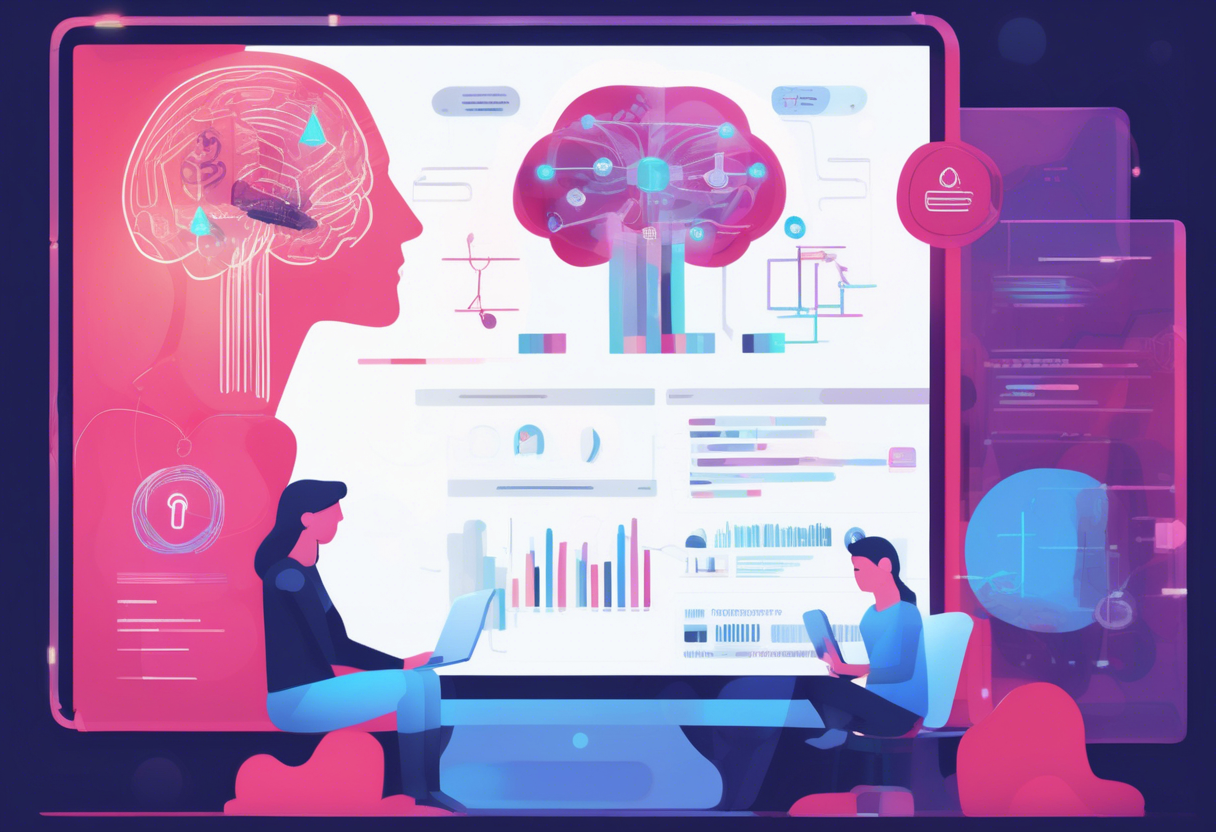
In our digital age, how we communicate is changing fast, with AI tools taking the spotlight. Did you know that by 2025, 85% of customer interactions might happen without a human? That's a big shift showing how AI is reshaping communication. But can these tools really boost your interaction skills? In this article, we'll look at AI communication tools and how they can help you connect better, both at work and in your personal life. We'll cover what these tools do, how they're used, and the ethical questions they raise. So, whether you're into tech or just curious about what's next in communication, let's explore if AI could be the key to better interaction skills!
Summary: This article describes AI communication tools, their practical applications, and the ethical and psychological impacts of AI-enhanced communication compared to traditional methods. It also includes FAQs to address common inquiries about AI interaction skills.
Benefits of AI Communication Tools
Key Features of AI Communication Tools
AI communication tools are applications powered by artificial intelligence designed to streamline and enhance business communication. These tools simplify interactions by offering diverse features across various platforms:
- Chat Tools: AI chatbots and messaging apps.
- Voice Tools: AI assistants and transcription services.
- Email Tools: Automated marketing solutions.
- Video Tools: AI-enhanced conferencing features.
Omnichannel platforms integrate voice, chat, SMS, and email into a single interface, facilitating easier management.

The primary benefits of AI communication tools include faster, smarter, and more efficient communication. They enable personalized interactions, efficient multi-channel management, and improved customer experiences. Additionally, they foster teamwork, support business growth, and reduce manual labor and costs. As of 2025, some popular AI tools include Emitrr, Slack AI, Zoom AI Companion, Intercom, Drift, Grammarly Business, ChatGPT for Business, Otter.ai, Dialpad AI, and Zoho SalesIQ.
Technology Behind AI Communication Tools
AI communication tools leverage advanced technologies such as natural language processing (NLP), machine learning, and contextual understanding. These technologies enable the tools to comprehend, generate, and respond to human language across various channels. Routine tasks, such as sending follow-ups, status updates, and confirmations, are automated, reducing manual workload and accelerating response times.
Personalization is a key feature of AI communication tools. By analyzing user behavior, preferences, and historical interactions, these tools tailor messages to enhance engagement. Many platforms offer a unified dashboard that combines SMS, email, phone, and chat, simplifying management and collaboration. Furthermore, features like social listening and consumer intelligence allow businesses to identify online trends and conversations, providing data-driven insights for more effective communication strategies. For example, Meltwater's AI companion, Mira, analyzes consumer sentiments and drafts communications, aiding marketers in streamlining workflows and gaining insights swiftly.

Enhancing Interaction Skills with AI Communication Tools
Real-Time Feedback and Coaching with AI Tools
AI tools are revolutionizing communication by providing real-time, personalized feedback. They analyze our communication patterns and offer tips for improvement, particularly enhancing communication skills.
- Instant Corrections: AI can make on-the-fly corrections during virtual meetings or while drafting emails, refining your soft skills as you proceed.
- Natural Language Processing & Speech Recognition: Acting like a conversation partner, AI provides instant feedback on speaking, grammar, tone, and even non-verbal cues. This is invaluable for scenarios like job interviews or public speaking.
- Adaptive AI Avatars: These avatars adjust to your tone and mood, offering realistic interaction and coaching. Imagine a virtual coach during a video call giving you instant advice on tone adjustments, word choice, and effective body language, ensuring smoother meetings.

Developing Interpersonal Skills with AI Communication Tools
AI significantly aids in developing interpersonal skills. Here's how:
- Practice with AI Chatbots: These chatbots allow you to simulate challenging conversations, such as delivering performance feedback, by suggesting communication strategies to avoid conflict.
- Breaking Language Barriers with AI: With real-time transcription, translation, and sentiment analysis, AI facilitates smoother interactions with people globally.
- Enhancing Emotional Intelligence with AI: AI helps you detect and respond to emotional cues, crucial for fostering strong relationships in human-AI collaborations. For instance, using an AI chatbot to prepare for a sensitive discussion can provide phrasing tips and empathy strategies to prevent conflict, enhancing your interpersonal skills.

AI communication tools are essential for refining interaction skills through real-time, personalized feedback and coaching. By leveraging natural language processing, speech recognition, and emotional intelligence, these tools create realistic conversations and offer valuable advice. This leads to improved verbal and non-verbal communication in various contexts, making AI an indispensable part of today's communication toolkit.
For real-world applications, Emitrr’s AI SMS Agent demonstrates how AI can automatically reply to texts, generate context-aware responses, and enhance message tone. Similarly, Slack AI enhances workplace communication by summarizing channels, automating meeting notes, and providing instant message translation.
Practical Applications and Use Cases
AI Communication Tools in Organizational Settings
AI tools are revolutionizing how organizations communicate, both internally and externally. Platforms like Tanka excel in maintaining context by utilizing a shared knowledge base, which ensures continuity in conversations and projects. By automating routine tasks such as smart replies, task creation, scheduling, transcribing, and summarizing meetings, AI allows teams to concentrate on more critical matters.

These tools integrate various platforms into a unified workspace, streamlining workflows and preserving context across multiple channels. By analyzing communication patterns, AI provides insights into employee engagement and identifies bottlenecks. It also recommends documents, tasks, or follow-ups, ensuring everyone remains aligned.
AI facilitates personalization by suggesting optimal meeting times and adapting to individual preferences, enhancing efficiency and customer satisfaction. AI-powered translation eliminates language barriers, simplifying global and multilingual team collaboration. For instance, Zohodesk analyzes ticket context and sentiment to offer automatic responses, accelerating problem-solving and reducing human effort. Tools like Taskade employ AI agents for background tasks such as planning itineraries and creating presentations, while organizing tasks and knowledge bases for improved team collaboration.
Enhancing Personal Communication with AI Tools
AI tools enhance personal communication by increasing meeting productivity. They draft agendas, summarize discussions, and generate follow-up task lists. In customer service, AI crafts polite, personalized replies to complaints and inquiries, reducing response time and increasing satisfaction.

Platforms like ChatGPT offer user-friendly interfaces for creating content such as emails, blog posts, and social media drafts, though they typically require some editing and fact-checking. AI solutions like ChatOn automate email drafting, idea brainstorming, and data analysis, enhancing individual productivity. Additionally, AI agents in tools like Taskade autonomously manage personal tasks, allowing users to focus on more significant objectives.
Ethical and Psychological Impacts of AI Communication Tools
Psychological Effects of AI Communication Tools
AI tools have transformed the way we communicate, often creating environments that feel almost therapeutic. In mental health apps, users frequently form bonds with AI chatbots, despite knowing they are interacting with machines. However, this can lead to unrealistic expectations from AI "therapists," as these tools cannot provide genuine care or insights.

As emotional AI continues to develop, it raises concerns about our interpersonal relationships, particularly regarding emotional manipulation and privacy. Users may experience anxiety over how their personal and emotional data is managed by these platforms. This vulnerability necessitates vigilant oversight by developers to protect human connections and privacy.
Ethical Considerations of AI Communication Tools
The integration of AI in psychological assessments and communication tools can enhance speed and accuracy but also introduces significant ethical challenges. Privacy and consent are crucial, as AI often requires access to sensitive information. It is essential for individuals to understand how their data is collected and utilized.

Bias presents another concern, as AI can sometimes perpetuate or exacerbate existing biases due to flawed data or opaque models, resulting in unfair outcomes. Developers must prioritize transparency, accountability, and inclusivity to ensure AI enhances rather than detracts from human care.
Ethical AI development involves establishing clear consent processes, ensuring fair data practices, and maintaining accountability to build trust and uphold standards. In healthcare, AI should emphasize justice, fairness, transparency, patient consent, confidentiality, accountability, and patient-centered care to sustain strong clinician-patient relationships and ensure individuals feel heard and valued.
For further reading on these topics, consider exploring these resources:
- AI-based bots in mental health
- Concerns about emotional manipulation and privacy
- Ethical issues in AI psychological assessments, such as privacy, consent, and bias
Comparative Analysis: Traditional vs. AI-Enhanced Communication
Key Metrics for Evaluating AI Communication Tools
When you're evaluating AI-enhanced communication tools, there are a few key metrics to consider to ensure they deliver on their promises.
Accuracy in AI Communication
Accuracy is crucial, particularly with AI language models. This metric assesses how effectively the AI understands and generates human-like responses. High accuracy indicates clear communication that aligns with the context, reducing misunderstandings and enhancing customer satisfaction.

Speed of AI Responses
The speed of AI responses is another vital factor. These tools must process inquiries faster than traditional methods to maintain smooth operations. Speed is especially critical in customer service, where timely responses can significantly impact user experience.
Measuring User Satisfaction with AI Tools
User satisfaction encompasses the overall user experience, including ease of use, response relevance, and problem-solving effectiveness. High satisfaction levels indicate that the AI tool meets or exceeds user expectations.
Scalability of AI Communication Tools
Scalability evaluates the tool's ability to manage increased workloads without performance degradation. For growing businesses, it's essential to have AI tools that can seamlessly handle a high volume of interactions.

Evaluating these metrics helps in selecting the right AI communication tool that aligns with both your business objectives and user needs.
FAQs
How Do AI Communication Tools Enhance Clarity and Coherence?
AI tools enhance message clarity and coherence through natural language processing (NLP) and machine learning. By understanding context and predicting intent, they craft messages that make sense. For example, tools like ChatGPT can predict the next word in a sentence, which is useful for writing and editing documents and emails. This ensures your message is understood, reducing confusion.
AI also generates meeting summaries and real-time transcriptions, simplifying communication. This is particularly beneficial in business, where clear communication is crucial.

AI tools can transform complex emails into straightforward ones, ensuring the recipient easily grasps the main points.
Key Benefits of AI Communication Tools
AI communication tools offer numerous benefits. They automate tasks like sending follow-ups, scheduling meetings, and managing messages across various channels from a single platform. This reduces manual work, allowing businesses to focus on strategic initiatives, thus boosting productivity. Tools like Emitrr and Slack AI automate customer service replies and personalize marketing emails, streamlining team communication and saving time and money.
These tools also personalize messages by tailoring them based on user behavior and past interactions, making conversations more engaging. Additionally, AI enhances customer experience by ensuring every message receives a response, and it aids team collaboration through simple communication platforms. They are cost-effective and scalable, adapting to growth without requiring additional staff.
AI can analyze sentiment in messages, calls, or documents, providing insights for improved interactions. Understanding customer emotions helps businesses adjust their responses, fostering positive relationships and enhancing customer satisfaction.
How AI Communication Tools Break Down Barriers
AI effectively reduces communication barriers with voice recognition and transcription tools that convert speech to text. This facilitates communication for individuals with hearing impairments or language differences. AI supports communication across multiple channels (SMS, email, chat, voice) from a unified platform, ensuring messages reach recipients through their preferred channels.
AI also automates translation and sentiment analysis, helping overcome language and emotional tone barriers. For instance, AI transcription tools like Otter.ai enable real-time sharing of meeting notes, assisting non-native speakers or those with disabilities in following discussions more easily.

Generative AI adjusts content for different audiences, making complex information more accessible to diverse groups.
AI’s ability to bridge linguistic and cultural gaps significantly enhances global communication, making it more inclusive and effective. By addressing these barriers, AI fosters a more connected world, ensuring communication is accessible to everyone, regardless of language or sensory abilities.